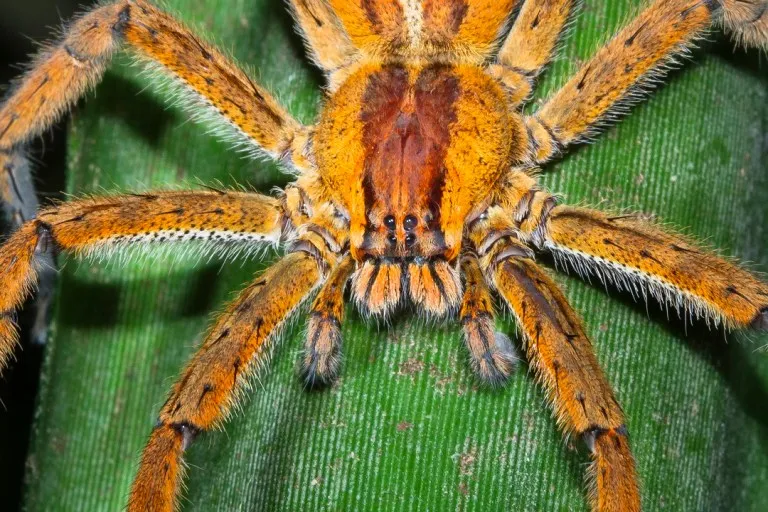What are Brazilian Wandering Spiders?
Brazilian wandering spiders (genus Phoneutria) are some of the most feared spiders in the world, primarily due to their potent venom and erratic, wandering behavior. Unlike many spiders that stay in webs, these spiders actively roam the forest floor at night, hence their name. They are native to South America and are known for their aggressive defense mechanisms and potent neurotoxins. Understanding these spiders is crucial for anyone living in or traveling to areas where they are found, as their bite can be medically significant.
Characteristics of Brazilian Wandering Spiders (Phoneutria)
Brazilian wandering spiders possess several distinct characteristics that set them apart. They are nocturnal hunters, meaning they are most active during the night. They don’t build webs, instead, they hunt by ambushing their prey. Their venom is a complex mixture of toxins that affects the nervous system, leading to a range of symptoms. The Phoneutria genus is characterized by its large size, distinctive markings, and aggressive posture when threatened. They are often found in areas with high humidity and dense vegetation, providing ample hiding spots during the day.
Size and Appearance
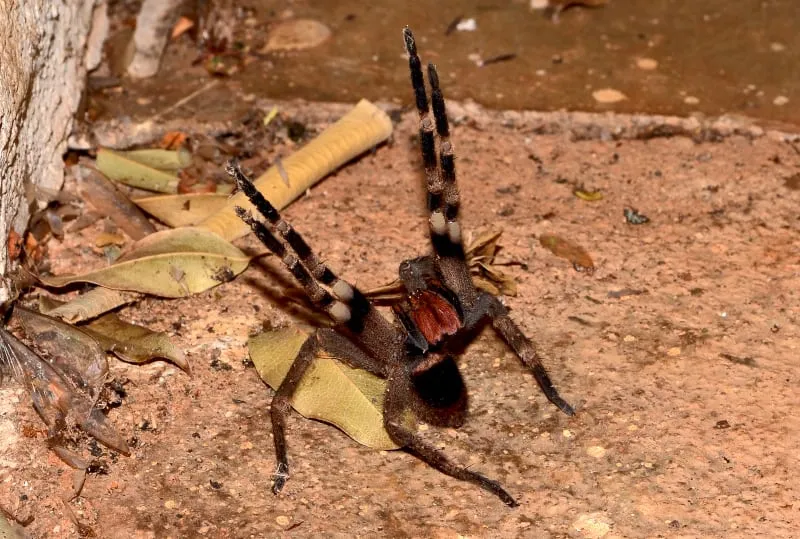
These spiders can range in size, with a leg span that can reach up to 5-6 inches (13-15 cm). Their bodies are typically brown or gray, with some species exhibiting darker markings. Their legs are relatively long and strong, enabling them to move quickly and efficiently. The presence of two prominent, large fangs is also a key feature, which they use to inject venom into their prey. It’s important to note that while their appearance can be intimidating, it’s their behavior and venom that pose the greatest threat.
Habitat and Distribution
Brazilian wandering spiders are primarily found in South America, including countries like Brazil, Argentina, Uruguay, and Paraguay. They thrive in humid, tropical environments, often inhabiting banana plantations, forests, and urban areas. These spiders are adaptable and can be found in various locations, including under rocks, inside shoes, or in piles of wood. Their wide distribution means that residents and travelers in these regions must exercise caution and be aware of the potential for encountering these spiders.
Brazilian Wandering Spiders vs Tarantulas
While both Brazilian wandering spiders and tarantulas are arachnids, they belong to different families and exhibit distinct characteristics. Tarantulas are generally larger and have a more docile temperament. They often have hairy bodies and live in burrows or webs. In contrast, Brazilian wandering spiders are more aggressive and do not build webs. Understanding the differences is critical for accurate identification and appropriate safety measures.
Key Differences Between the Species
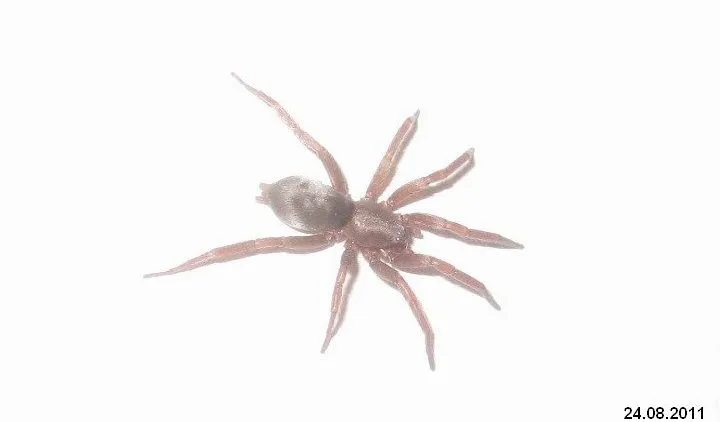
The primary differences lie in their behavior, venom, and habitat. Tarantulas are generally slower and less likely to bite unless provoked. Their venom is usually not life-threatening to humans. Brazilian wandering spiders, on the other hand, are highly venomous and aggressive, often adopting a defensive posture with their front legs raised when threatened. They are active hunters and their venom is known to cause severe symptoms in humans. Furthermore, tarantulas are often found in burrows or webs, while Brazilian wandering spiders roam freely.
Venom and Danger of Brazilian Wandering Spiders
The venom of the Brazilian wandering spider is a complex mixture of neurotoxins. It primarily affects the nervous system, leading to a variety of symptoms in humans. The potency of the venom, combined with the spider’s aggressive behavior, makes it one of the most dangerous spiders in the world. Understanding the effects of the venom is critical for prompt medical intervention in the event of a bite.
The Potency of Their Venom
The venom contains a potent cocktail of toxins that disrupt nerve signals and cause a range of physiological effects. One of the unique components of the venom is a compound called PhTx3, which can lead to priapism in male victims (prolonged, painful erection). The venom also affects the cardiovascular system, potentially leading to high blood pressure and other complications. The severity of the bite depends on factors such as the amount of venom injected and the victim’s size and health.
Symptoms of a Bite
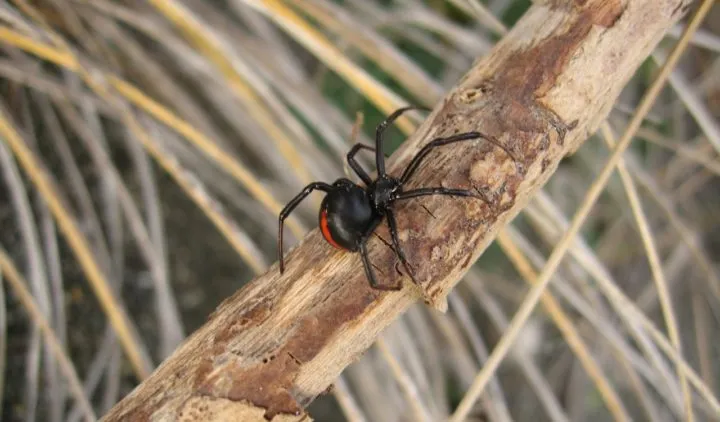
Symptoms of a Brazilian wandering spider bite can include intense pain at the bite site, sweating, increased heart rate, high blood pressure, and muscle spasms. Victims may also experience nausea, vomiting, and blurred vision. In severe cases, bites can lead to paralysis, respiratory failure, and, rarely, death. It is crucial to seek immediate medical attention if bitten by a Brazilian wandering spider.
What to do if bitten
If bitten, remain calm and seek immediate medical attention. Wash the area with soap and water. If possible, capture the spider for identification (but do so cautiously). Apply a cold compress to the bite site to reduce pain and swelling. The primary treatment involves the administration of antivenom, which is most effective if given soon after the bite. Supportive care, such as pain management and monitoring of vital signs, is also crucial.
Brazilian Wandering Spider Myths
Several myths and misconceptions surround the Brazilian wandering spider. These myths often exaggerate the danger or provide misleading information about the spider’s behavior and effects of its venom. Separating fact from fiction is essential for ensuring public safety and understanding the real risks associated with these spiders.
Common Misconceptions
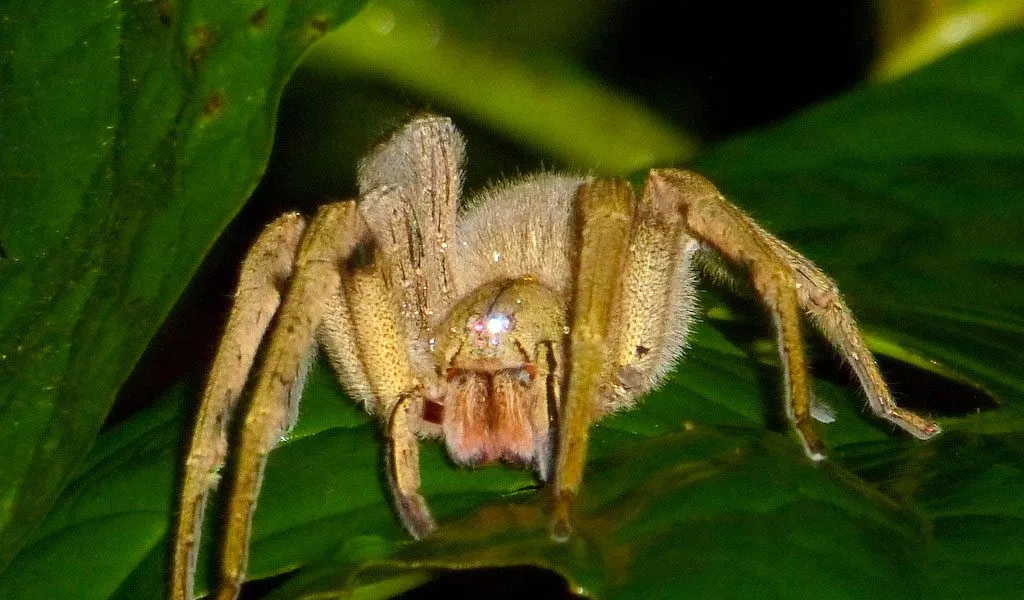
One common myth is that all Brazilian wandering spider bites are fatal. While their venom is potent, deaths are rare, and prompt medical treatment with antivenom can significantly improve outcomes. Another misconception is that the spiders are always aggressive and will attack on sight. In reality, they primarily bite in self-defense. It’s also untrue that these spiders are always found in bananas, though they are occasionally transported in fruit shipments.
Debunking Myths
It’s important to debunk these myths to promote accurate understanding and prevent unnecessary fear. Education about the spiders’ behavior, venom effects, and appropriate safety measures can help reduce panic and improve the response to bites. Emphasizing the importance of seeking medical attention and the effectiveness of antivenom is crucial. Understanding that these spiders are not actively seeking out humans is important as well.
Where to Find Brazilian Wandering Spiders
Brazilian wandering spiders are found in specific geographical locations. Knowing where these spiders live is essential for taking appropriate precautions and avoiding encounters. These spiders prefer humid, tropical environments with ample hiding spots, allowing them to hunt and hide safely. Their presence in various habitats requires awareness and vigilance.
Their Natural Environment
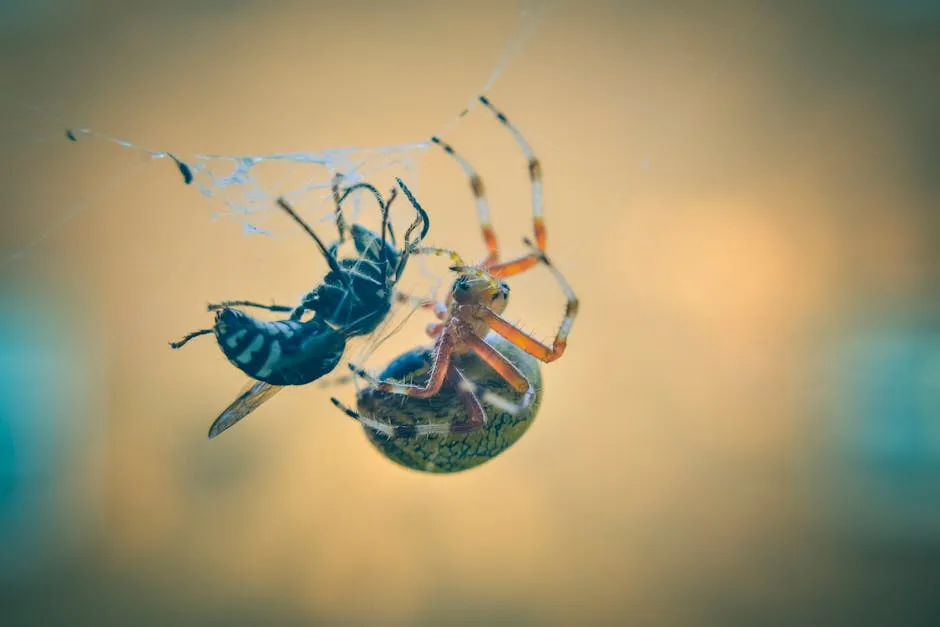
These spiders are native to South America and can be found in various habitats, including forests, banana plantations, and urban areas. They are often found in leaf litter, under rocks, and in dark, sheltered locations. The spiders are not particularly common in dry or cold areas. They thrive in environments with high humidity and moderate temperatures. Being aware of these environments can help individuals take preventive measures.
How to Identify a Brazilian Wandering Spider
Identifying a Brazilian wandering spider accurately can be crucial for safety. Recognizing their key features can help distinguish them from other spiders. This involves paying attention to their size, body shape, markings, and distinctive behaviors. Accurate identification can also aid in proper reporting and medical treatment if bitten.
Recognizing Distinctive Features
Key features include their large size, brown or gray coloration, and long legs. They often have a distinct dark stripe or marking on their body. When threatened, they raise their front legs in a defensive posture. They also possess prominent, large fangs. Being aware of these features increases the chances of quick identification and avoiding potential danger. If you are unsure, it is always best to err on the side of caution and avoid contact.
Safety and Prevention
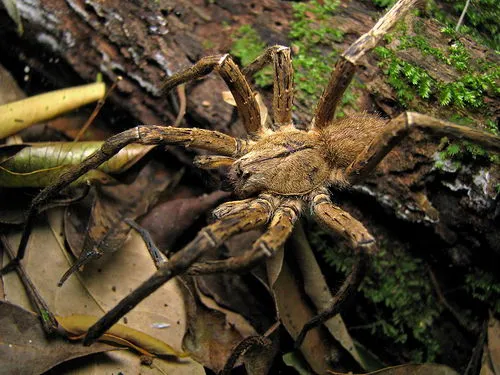
Taking proactive steps to prevent encounters with Brazilian wandering spiders is important. Implementing safety measures can reduce the risk of bites and ensure personal safety. These measures include being aware of their habitat, inspecting areas where they might hide, and knowing how to react if you encounter one.
Precautions to Take
When traveling in areas where these spiders are prevalent, wear protective clothing, such as long sleeves and pants, especially at night. Always check shoes, clothing, and bedding before use. Seal cracks and crevices in your home. Be cautious when handling items that have been stored outdoors, and use a flashlight when moving through dark areas. Keeping your surroundings tidy and free of clutter can also reduce hiding places.
First Aid if Bitten
If bitten, remain calm and seek immediate medical attention. Wash the bite area with soap and water. Apply a cold compress to reduce pain and swelling. Try to capture the spider for identification if it’s safe to do so. Inform medical professionals about the bite to help them provide proper treatment. The faster you get medical care, the better your chances of a full recovery.
In conclusion, the Brazilian wandering spider is a dangerous and fascinating creature. Understanding the differences between it and tarantulas, knowing its habitat, and learning safety precautions are key. By staying informed and cautious, people can reduce the risks associated with these spiders and stay safe in their environments.
